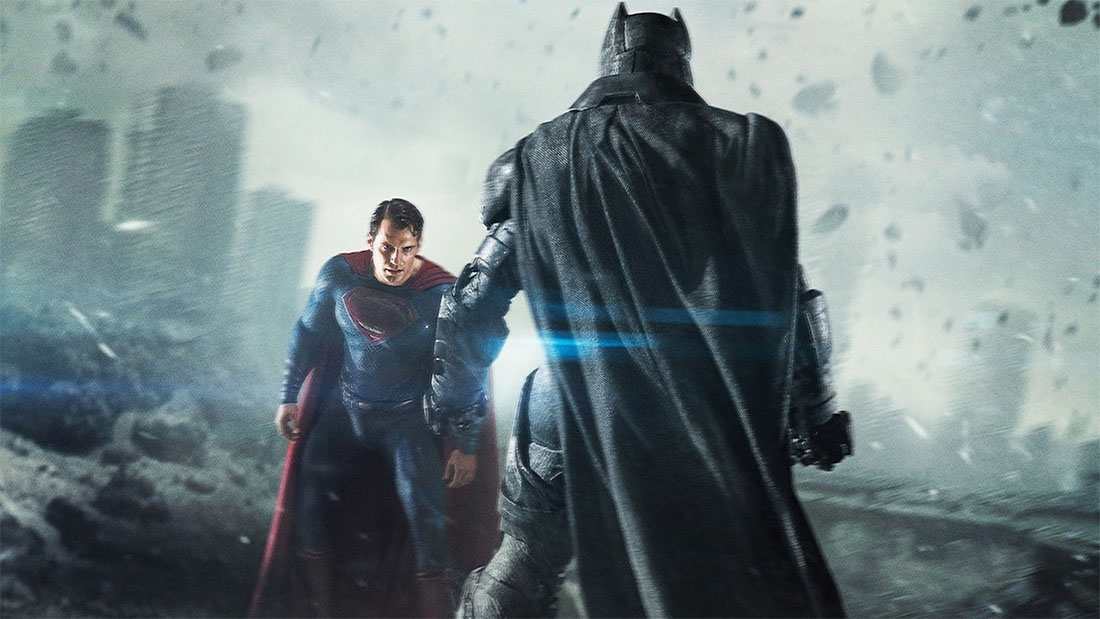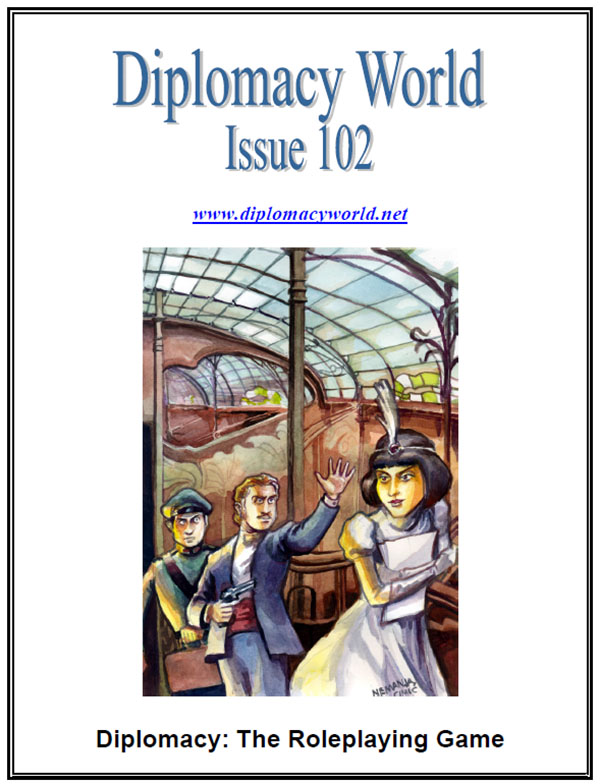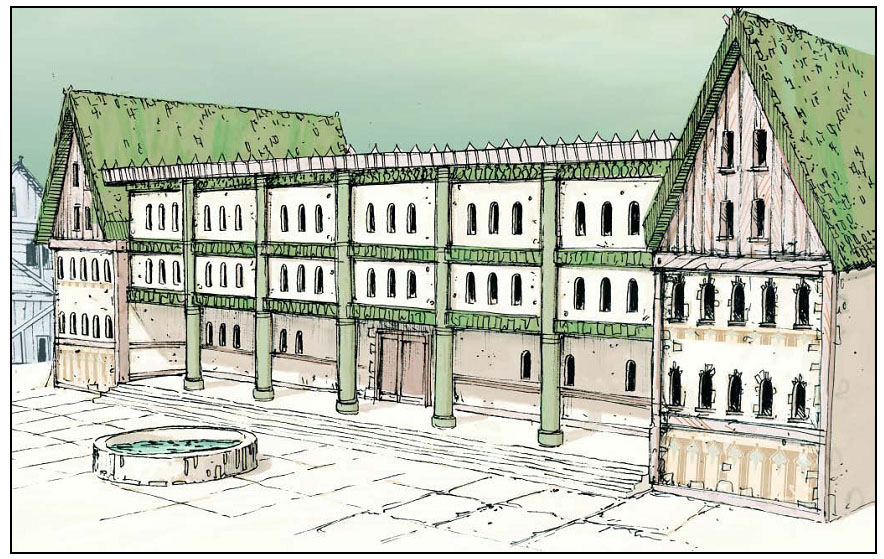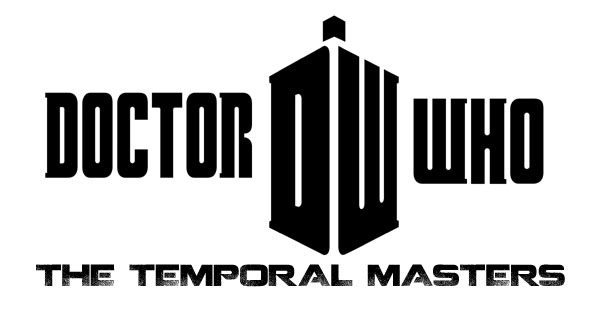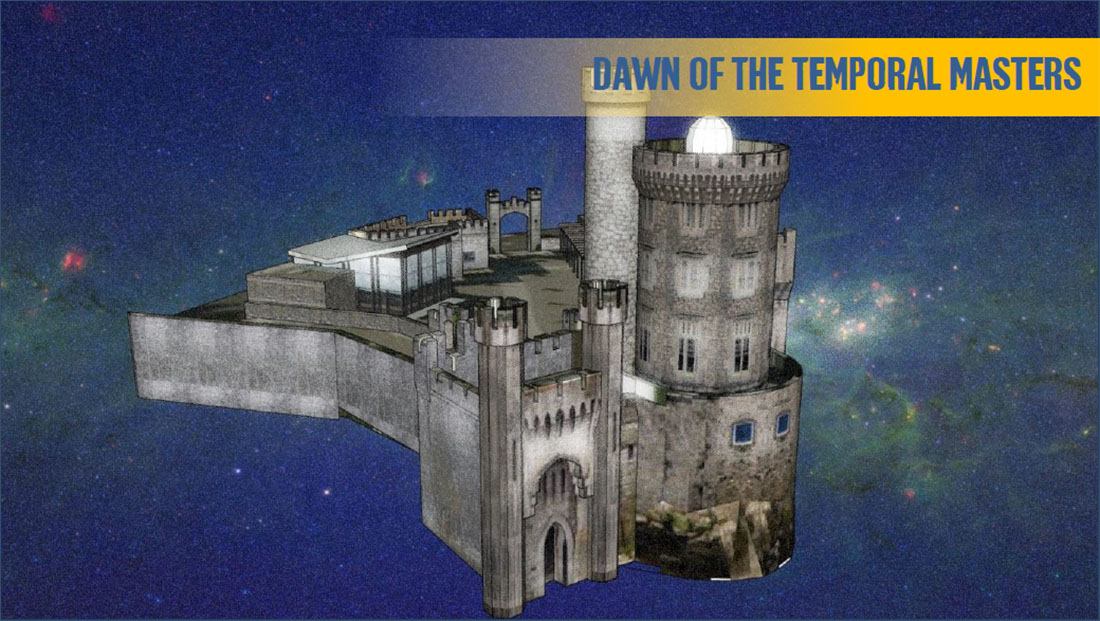Two and a half years ago, I concluded that Man of Steel was a thoroughly mediocre film. It was so thoroughly mediocre, in fact, that I wasn’t planning to see Batman vs. Superman in the theater. But yesterday a friend’s birthday celebration included a viewing of the film, and so I ended up seeing it after all. My conclusion?
This film is significantly less mediocre than Man of Steel.
I’m still not going to recommend that anyone see it in the movie theater, but I will say it’s probably worth checking out after it hits the rental market. (And if the purported Director’s Cut actually materializes, I’ll even go so far as to watch the movie again to see if that will correct any of the film’s flaws.)
The biggest difference is that the core storytelling elements of Batman vs. Superman (unlike its predecessor) are not fundamentally broken through a combination of incoherence and inconsistency: The first half of this movie is not about Pa Kent being portrayed as a pillar of virtue while teaching Clark to never become Superman; nor does its second half feature numerous scenes of Superman being completely indifferent to civilian casualties before breaking an “I Don’t Kill” rule that the film never bothers establishing because four people are being threatened.
But while Batman vs. Superman doesn’t share Man of Steel‘s big, macro-scale problems, it shares a similar plethora of bone-achingly stupid errors of execution. What drags the film down (and prevents me from calling it a truly good movie) are the plot holes, thematic inconsistencies, and a simple lack of care and craft. There are some truly amazing and wonderful moments in the film, but the whole enterprise has been weighted down with stupidity and shoved off the end of a pier.
SPOILERS AHEAD
I am not going to attempt to catalog every stupid thing that the movie does. This will instead just be a sampling of the nearly constant, low-level failures of basic scriptwriting and film-craft that Batman vs. Superman suffers from.
Let’s start at the beginning: Superman is framed for killing a bunch of terrorists by a mercenary team who shoots the terrorists with a bunch of bullets… Since when did Superman use a gun? If you saw Superman somewhere and then found a bunch of bullet-riddled corpses, what possible leap of logic would make you say, “Superman must have done that!” (What’s even weirder is that the mercenaries use very special bullets that can be tracked back to Lex Luthor. The bullets don’t actually have any special properties that make them better for shooting a bunch of terrorists and there is absolutely no reason why you wouldn’t just use normal bullets. But, sure, use the bullets that can be traced straight back to you. Why not?)
Adding to this oddity is the fact that all of this happens directly in front of Pulitzer Prize-winning reporter Lois Lane. But for some reason she… never writes the story? Nobody cares what an actual eyewitness has to say?
(There’s also a bit in this sequence where Jimmy Olsen is a CIA agent who is pretending to be her camera man and gets himself shot in the head. Lois also never reports that the CIA nearly got her killed. Snyder then continues the trend of pointlessly killing supporting cast members from his source material by having Lex Luthor send Mercy Graves to die in a bomb explosion for absolutely no reason whatsoever.)
Lois’ entire arc for the rest of the film, however, is investigating what really happened at the terrorist compound. She does, in fact, figure out that Lex Luthor is behind all of it. Bizarrely, however, this has absolutely no impact on the film because she never tells Superman (or anyone else) about this despite having multiple opportunities to do so. (Amy Adam’s Lois Lane — like Cavill’s Superman, Affleck’s Batman, Gadot’s Wonder Woman, Irons’ Alfred, Fishburne’s Perry White, and… well, basically every single actor and character in the movie — deserves so much better than what Snyder is apparently capable of giving them.)
There is, in fact, a lot of, “Just freakin’ SAY IT you idiot!” problems to be found here, as if the movie had been penned by the writers room for a mediocre sitcom. Lois, for example, realizes that somebody knows that she can be used as bait for Superman and, in fact, has been doing exactly that… but then just completely fails to tell Superman that, either. Later, Superman refuses to simply say to Batman, “Hey! Lex Luthor is playing us!” opting instead to say, “Just listen to me!” over and over and over again while walking slowly towards him triggering a series of pressure plate traps. (Although why you would build pressure plates to target somebody who can fly is a little mind-boggling in its own right.)
Speaking of the fight with Batman, the entire basis of Batman’s anger with Superman is a result of Superman’s seemingly callous disregard for incidental damage and civilian casualties during the battle at the end of the Man of Steel. If that’s going to be the ethical backbone of the film, however, you can’t have Batman’s big solo action scene in the middle of the film feature… tons of incidental civilian casualties. (Or, if you do, there should be some self-reflection or at least authorial reflection upon it. This film, on the other hand, just doesn’t seem to realize what it’s done.)
On a similar note: Batman, having forged the Spear of Kryptonite Destiny to fight Superman, leaves it in Gotham after realizing that Superman is actually just a guy trying to do the right thing. (Which, I may note, is realized in a moment that is absolutely fantastic.) Seeing Doomsday, he realizes that he needs the Spear. So he decides to go back to Gotham, get the Spear real quick, and then come back to where Doomsday is. Ha, ha! Just kidding! He decides to lead Doomsday into the city to where the Spear is.
Speaking of that Spear: After Batman chooses not to kill Superman, he throws it aside. Lois Lane picks it up and decides she wants to get rid of it so that no one can use it against Superman again. So she walks over to a stairwell twenty feet away (which is flooded for some reason) and… throws it in. “Ha, ha!” she thinks to herself. “No one will ever find it in this shallow pool!”
Five minutes later, completely ignorant of Doomsday or the fact that the Spear would now be useful, Lois suddenly gets an, “Oh shit!” look on her face and goes back to retrieve the Spear. (I can only conclude that she suddenly realized that what she did with it was really stupid.)
Most of this litany is dwelling on basic logic problems in the storytelling. That’s largely because they’re easy to explicate. There’s also a lot of pretty basic problems with things like editing and pacing. One clear-cut example happens just before the confrontation between Superman and Batman: We’ve just had a big face-off between Superman and Lex Luthor. Luthor reveals that he has kidnapped Martha Kent and, unless Superman kills Batman, he’ll have her killed. Superman has acquiesced. We cut to Luthor’s henchman placing a timer next to Martha telling her when she’ll be killed. We cut to Superman telling Lois that he has to go convince Batman to help him… or kill him. Superman flies up into the sky. We cut to…
… Wonder Woman checking her e-mail? Yup. And then we get a 4 minute scene in which she literally clicks on a series of e-mail attachments, each showing a video of one of the future members of the Justice League. These videos are pretty cool, but they’re completely irrelevant. Whoever said, “We should interrupt this rising tension here to lay some pipe for our cinematic universe.” should be taken outside and shot.
(This sequence also creates a weird continuity glitch where Wonder Woman walks into her hotel, checks her e-mail, and then five minutes later is boarding a commercial airline flight.)
Finally, let me mention the really bizarre dream sequences that stud the Bruce Wayne story. As far as I can tell, these seem to exist primarily to generate footage that could be included in the trailers. (It’s possible that the most self-indulgent of them is an actual “vision from the future”, but even as such the narrative role it plays in this film is dwarfed by the amount of film time it chews up.)
With all of that being said, there are also a number of things that the film does very well. The opening of the film (showing the end of Man of Steel from a different angle) is really clever. The first Batman action sequence shows us a version of Batman that is scary, effective, and utterly unique. Heck, the first appearance of Wonder Woman in all her glory is almost worth watching the movie for all by itself. (I’m listening to Zimmer’s exceptional Wonder Woman theme as I’m writing this.) In fact, the best compliment I can pay the film is that it made me much more interested in seeing Wonder Woman. And Warner Brothers needs to greenlight a Ben Affleck directed solo Batman movie ASAP.

